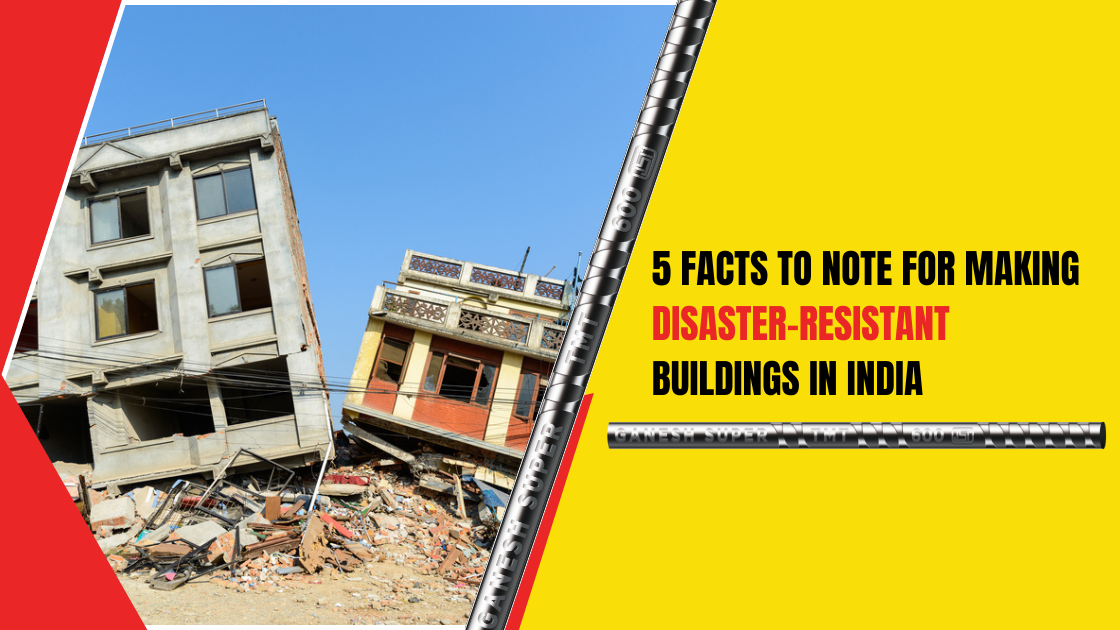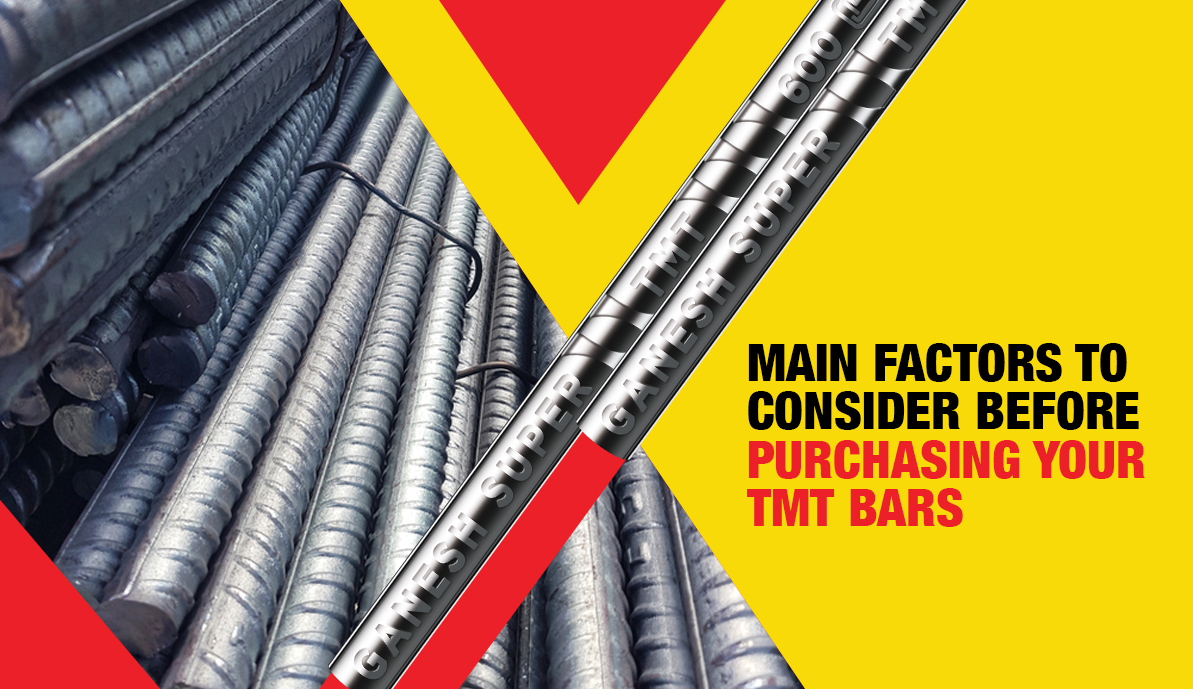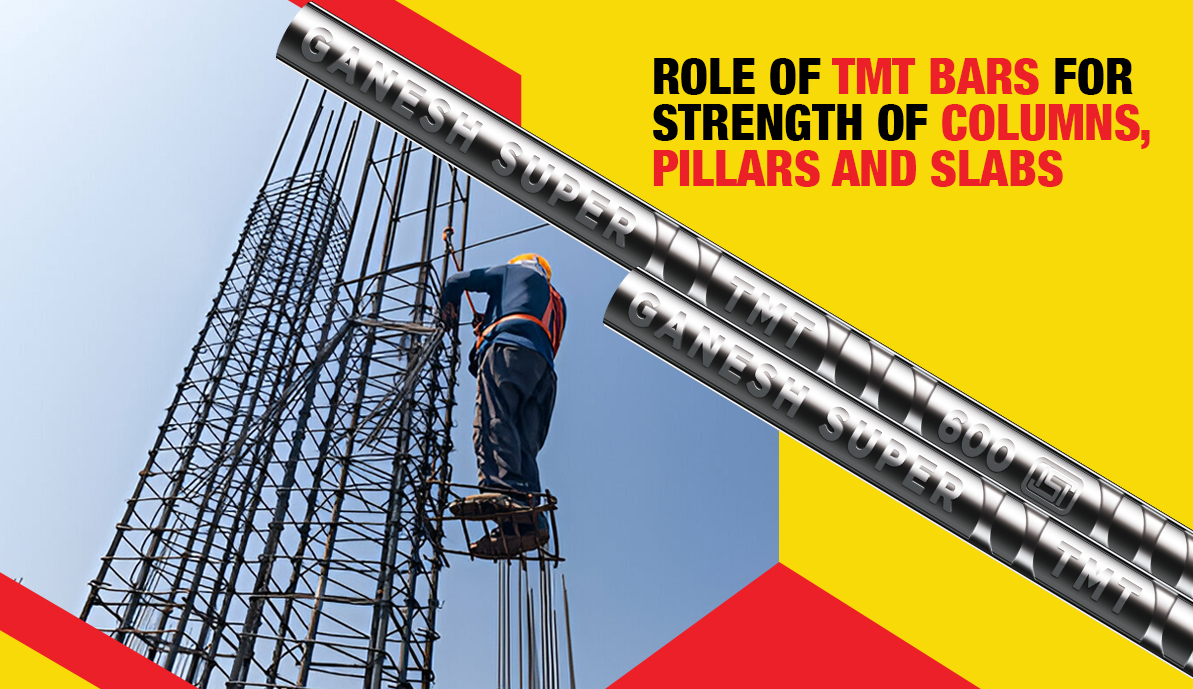Thermos mechanically treated (TMT) steel bars are generally used in construction for enhanced protection against earthquakes and other natural disasters. To make your structures safe, the TMT bars must be resistant to corrosion which helps your structures to have a longer life.
There are different types and grades of TMT bars available in the market. You must buy TMT bars from Top TMT Bar Manufacturers , who will ensure that you get the best bars for your construction.
Here, we will discuss the different grades of TMT Bars and their differences..
DIFFERENT TYPES of TMT BAR GRADES:
The different types of TMT bars are as follows-
- Grade FE 415
It is the essential modernization in TMT bar arrangement that supplants the old cold twisted, and deformed bars or, in short, CTD bars. Because this grade of TMT bars has higher malleability, quality, and lengthening properties, it is used in present-day RCC (reinforced cement concrete) developments where the zone is prone to seismic tremors.
- Grade FE 500
These TMT bars have different uses; they are utilized in bridges, multi-storied buildings, business structures, and underground structures. They are mostly used in beachfront regions because of their corrosion-resistant properties.
- Grade FE 500D
The FE 500D TMT bars are made in controlled conditions to accomplish the best flexibility, allowing them to be incredibly malleable and adaptable. The adaptability of the bars permits the contractor to build structures according to their designs and focus on cutting-edge and original plans.
- Grade FE 600
Grade Fe 600 gives better sturdiness, yield, and rigidity compared to other TMT steel grades. It is used for RCC development of huge sizes. Made for structures that need quality and durability, this grade of TMT bar is known for its high tensile strength more than anything else.
Difference Between Two Popular TMT Bars- Fe500 and Fe500D
Both Fe 500 and Fe 500D TMT bars are used in construction. Both the Fe500 and Fe500D bars have similar rigidity; however, the distinction lies in their flexibility. Fe500 elongates by 12%, whereas for Fe500D it is 18%. The Fe 500 and Fe500D steel bars are created under critically managed fabricating processes, which makes them bendable.
Fe 500D has an equivalent stress/yield ratio of 0.2%, while Fe 500 has a 2% increase in tensile strength. For Fe 500, the base elasticity is 545 map, and for Fe 500D, it is 565 map. The Fe 500D has the least elongation rate, equal to 18%, whereas the Fe 500 has a value of 12%. Compared to Fe 500, Fe 500D has 0.25% carbon at its most extreme, while Fe 500 has 0.30% (max).
Carbon, sulfur, and phosphorus are present in fewer amounts in Fe 500D, which helps preserve steel and protect it from seismic tremors.
The Fe500D TMT steel bar is an excellent choice for seismic zones due to its malleability and stunt resistance, making it durable in an earthquake. In terms of mechanical properties, Fe500D grade TMT bars have a greater degree of flexibility than Fe500 grade TMT bars. In general, Fe 500d is used for all construction purposes which requires high flexibility. Fe 500d TMT rebar is favored in high seismic zones due to its ability to dissolve the wipe iron and liquid metal inside of a shoot heater. It is a standard process that dephosphorylates the steel using the metallurgical process. By minimizing the use of the piece, one is able to control tramp components like Cu, V, Ni, Cr, and so on. Furthermore, Fe-500D has more security features than Fe-500. Moreover, it expends less carbon, phosphorus, and sulfur, making it the right choice to withstand catastrophic events like earthquakes, violent winds, and torrential rains. Fe-500 has 0.30% carbon, while Fe 500D has 0.25% carbon.
TMT bars at the Fe500/Fe500D level have a lower sulfur and phosphorus content, making them ideal for construction. For engineers who construct and configure structures with multiple floors, Fe 500 is the preferred choice, and TMT bars always choose Fe 500 when it comes to underground structures, such as storm cellar floors and wells. Because of the concoction creation point, Fe500D contains 0.25% carbon (max) as opposed to 0.30% (max) in Fe500. Moreover, Fe500D contains lower levels of sulfur and phosphorus. Based on these perceptions, we can state that the Fe 500d grade TMT steel performs better than Fe 500. Because of its higher resistance to excessive seismic exercises like tremors and lower levels of carbon, 500d steel is more weldable and simpler. (source)
These were some of the different types of TMT bars and their differences. Hope this information helps you find the right type of bar for construction.





